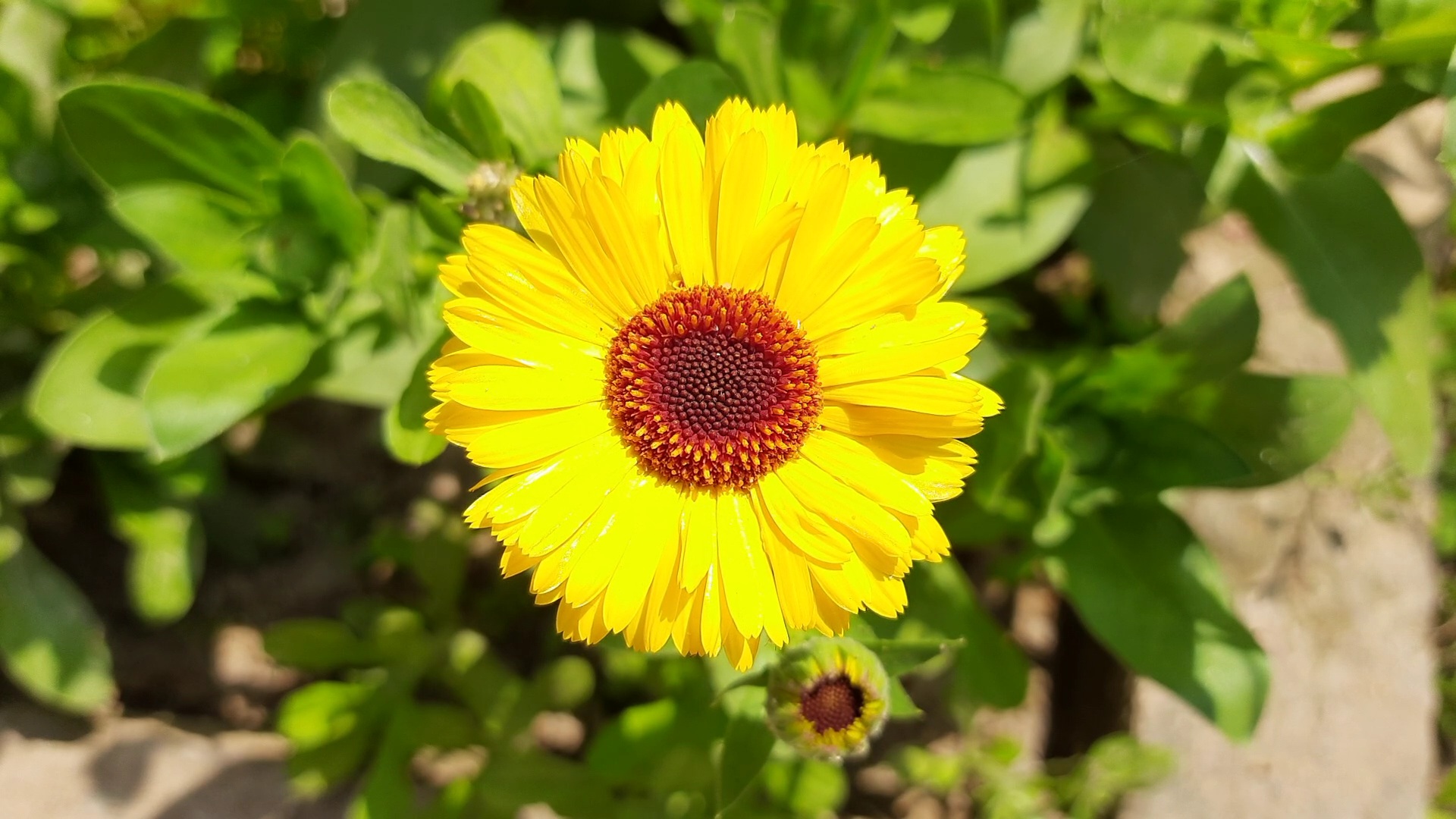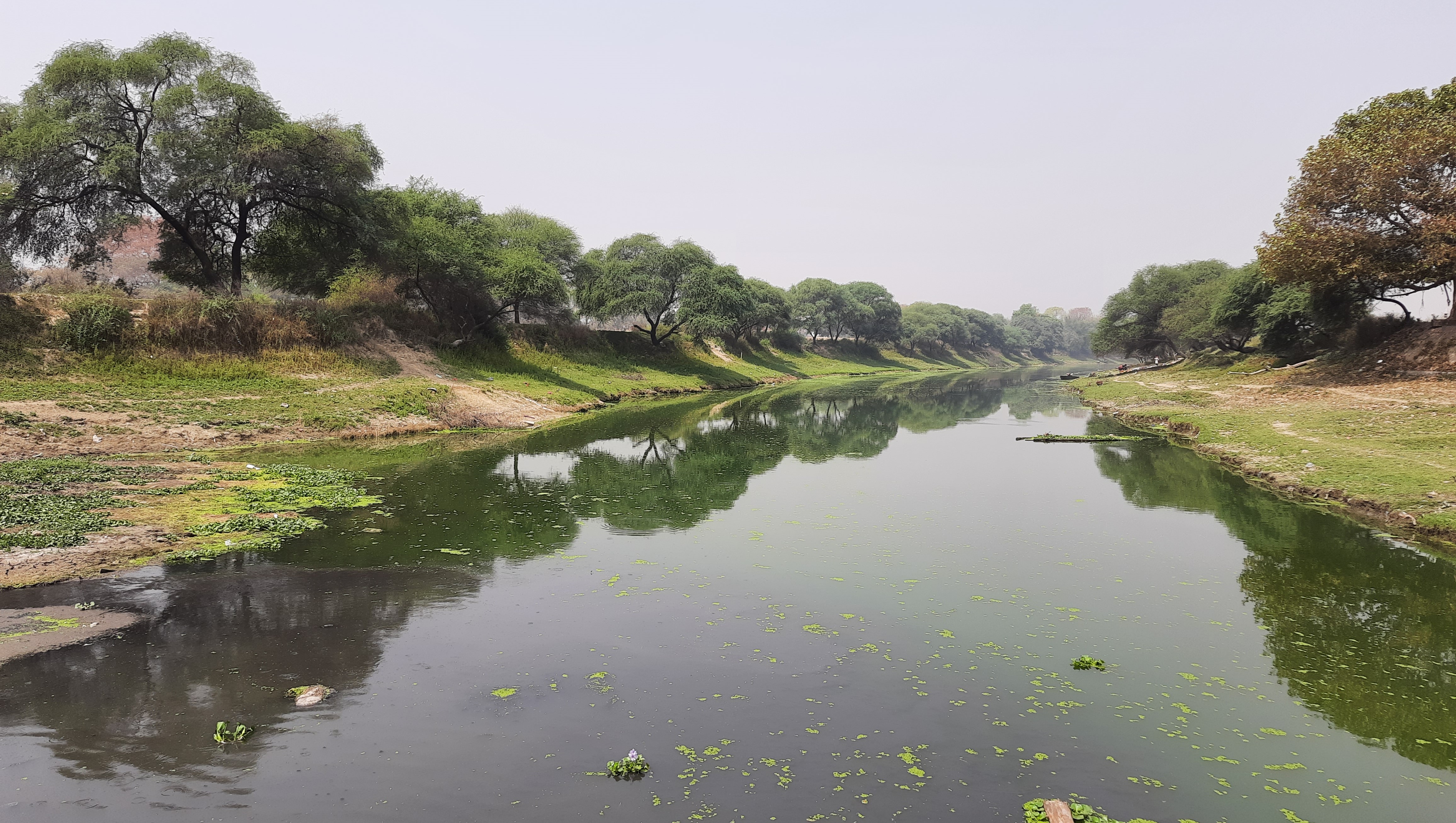
What you Know about Sunflower? let know about it!
Known for its large, yellow petals and distinctive central disk. Sunflowers (Helianthus annuus) are not only beautiful but also agriculturally and economically significant.
Sunflowers (Helianthus annuus) are renowned for their striking appearance and versatile uses. Native to North America, these vibrant flowers have been cultivated for thousands of years and hold significant agricultural, economic, and cultural importance.
Botanical Characteristics Sunflowers belong to the Asteraceae family. They are annual plants, meaning they complete their life cycle in one growing season. Depending on the variety, sunflowers can grow from 3 to 12 feet tall. The plant features a tall, sturdy stem often covered with coarse hairs, broad and rough leaves arranged alternately along the stem, and a large, showy flower head. The flower head, or capitulum, consists of numerous small flowers called florets. The outer petals, known as ray florets, are typically bright yellow, while the central disk florets can be brown, yellow, or red.
Cultivation and Growth Requirements Sunflowers thrive in well-drained, fertile soil with a pH range of 6.0 to 7.5. They prefer full sunlight and can tolerate drought conditions once established. Typically grown in temperate regions, sunflower seeds should be sown directly into the ground after the last frost. Seeds are planted 1-1.5 inches deep and spaced about 6 inches apart. Regular watering is essential during germination and early growth stages, though mature plants exhibit greater drought tolerance. Balanced fertilizers, particularly those high in phosphorus and potassium, support their growth.
Uses of Sunflowers
Agricultural Uses:
Oil Production: Sunflower seeds are pressed to produce sunflower oil, widely used for cooking and in the food industry. The oil is rich in unsaturated fats and vitamin E.
Animal Feed: The residual meal from oil extraction serves as high-protein livestock feed.
Human Consumption: Sunflower seeds are enjoyed as snacks, either raw or roasted, and are incorporated into various baked goods and recipes.
Industrial Uses:
Biofuel: Sunflower oil can be processed into biodiesel.
Bioplastics: Research explores using sunflower residues in bioplastic production.
Environmental Benefits:
Phytoremediation: Sunflowers help clean contaminated soils by extracting toxic substances, such as heavy metals.
Pollinator Support: The flowers attract bees and other pollinators, promoting biodiversity.
Ornamental Uses: Sunflowers are popular in gardens and landscapes for their bright, cheerful appearance. They are also used as cut flowers in floral arrangements.
Economic and Cultural Significance Sunflowers are a valuable cash crop in many regions, including the United States, Russia, Ukraine, and Argentina. Culturally, they symbolize positivity, loyalty, and admiration in various societies. They are the state flower of Kansas and a national symbol of Ukraine, highlighting their broad cultural resonance.
Conclusion Sunflowers are more than just a beautiful sight; they play crucial roles in agriculture, industry, and environmental sustainability. Their adaptability and numerous applications make them an indispensable plant globally, valued for their economic benefits and cultural significance.


